Cartier Stages an Exhibition to Commemorate 50 Years in Japan
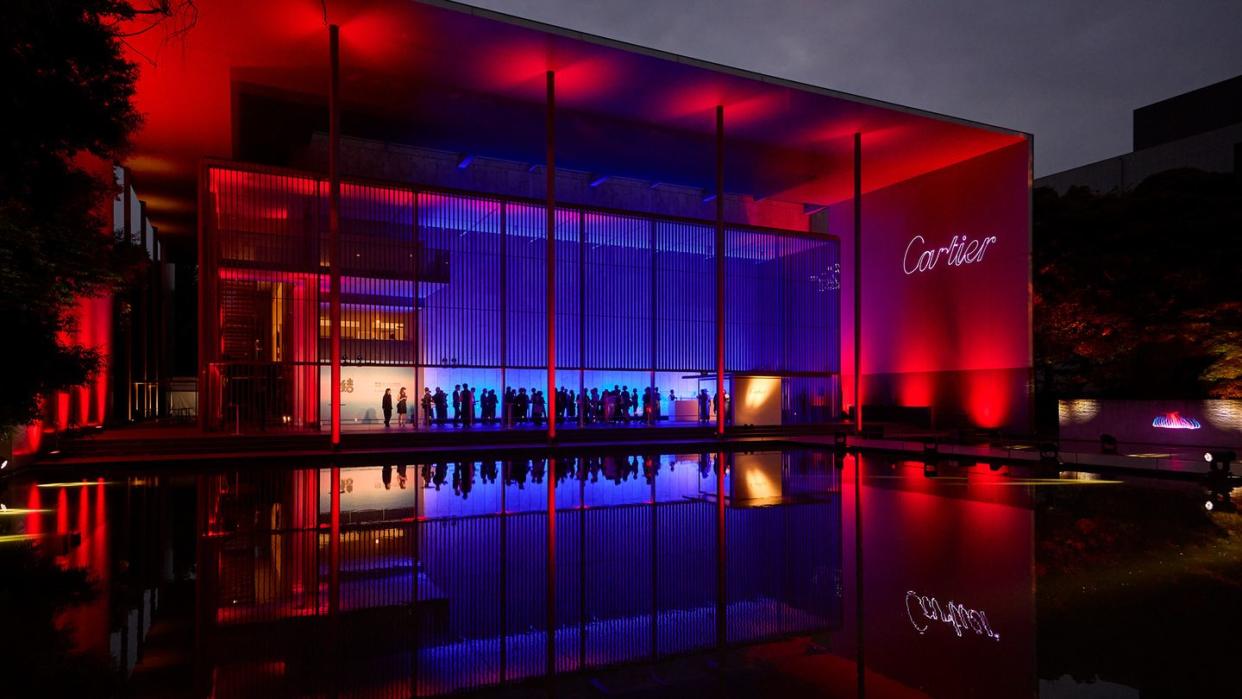
For the historic Parisian jeweler Cartier, founded in 1847, Japan has proven a fount of inspiration for over 50 years. Louis Cartier, one of three sons of founder Louis-François Cartier, had a Japanese art collection comprising over 200 works that inspired many of the maison’s creations. Though he was not able to visit Japan, the objects and books he amassed stimulated the imaginations of Cartier’s designers, shaping the maison’s style in the process. From clocks inspired by Shinto temples to dragonfly-adorned brooches, Cartier has a design vernacular that draws on Japanese motifs and craft traditions.
Now, the Tokyo National Museum in collaboration with Cartier is hosting “Half-Century of Cartier in Japan and Beyond: An Everlasting Dialogue of Beauty and Art” at the museum’s Hyokeikan gallery until July 28. The exhibition sees two parallel narratives presented in the Hyokeikan’s symmetrical wings: the historical links between Maison Cartier and Japan, and the ties between the Fondation Cartier in Paris and Japanese artists.
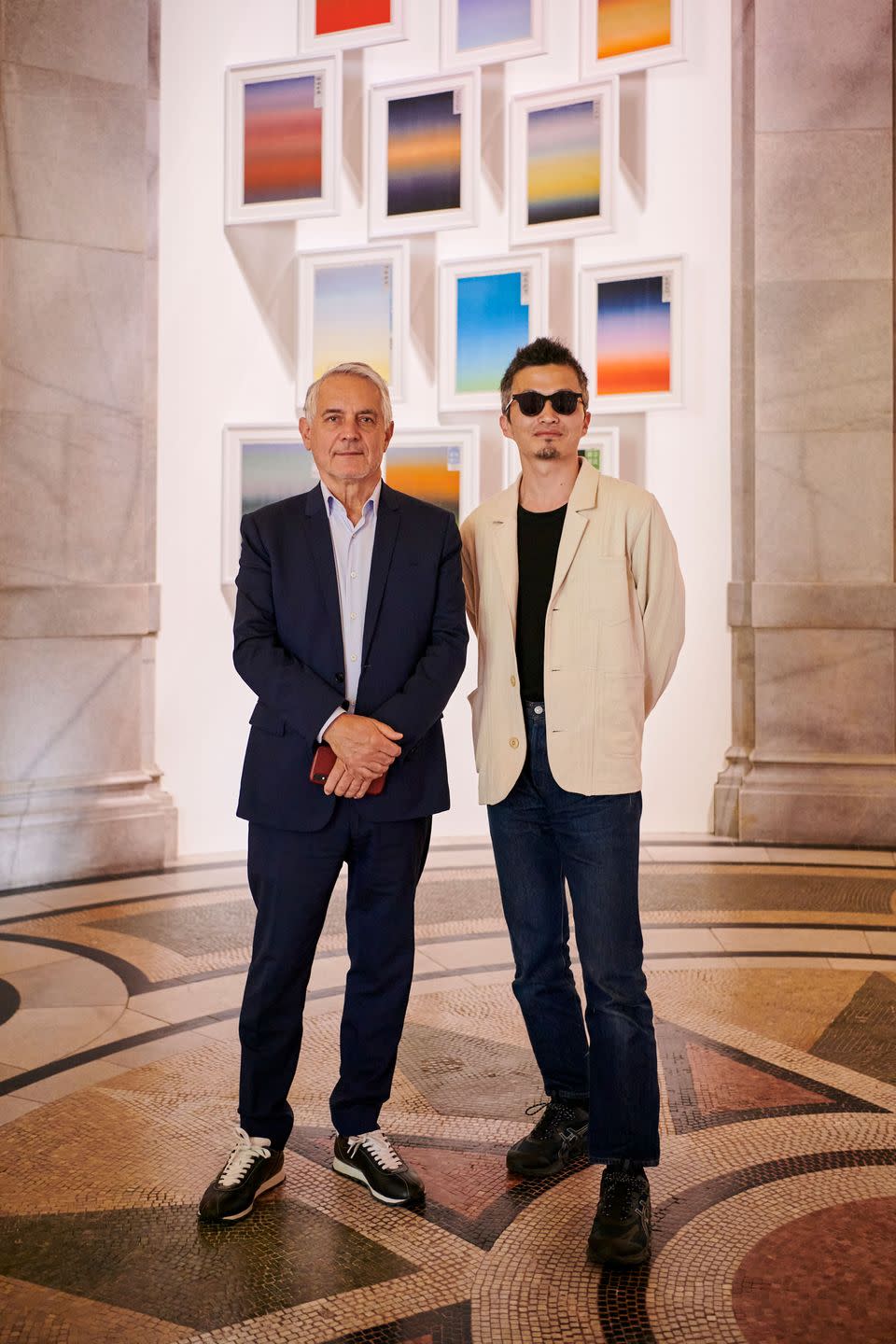
The first includes more than 200 pieces from the Cartier Collection, which was founded in 1983 and features more than 3,500 pieces of historic Cartier jewelry and timepieces dating back to the 1850s. It has been exhibited internationally at institutions including New York City’s Metropolitan Museum of Art, London’s the British Museum, and the Grand Palais in Paris. Key pieces include an inro with two compartments in gold and white lacquered wood that dates back to the late 19th-century; two wisteria brooches in platinum and diamonds from 1903; and a 1935 carved white jade ashtray set on an obsidian platform with silver, coral, diamonds, and black lacquer.
Lacquer was prominently used in Cartier designs in the early 20th-century, while Katagami motifs—dyeing stencils often in wave or scale patterns—have consistently appeared in the maison’s creations, even as recently as this year. Flora and fauna including turtles, dragonflies, and wisteria reoccur as well, the latter appearing at scale on a six-panel pigment print on rice paper by Hiroshi Sugimoto.
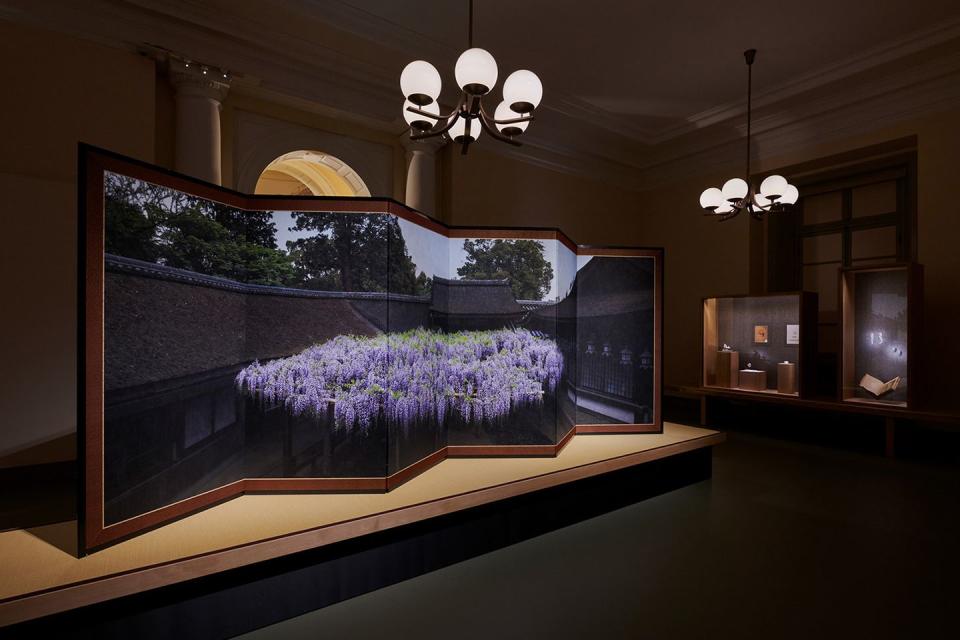
“I think the use of lacquer and the multiple possibilities it offers was very inspiring for Cartier,” says Pierre Rainero, image, style and heritage director for Cartier. “Not only was there a wide spectrum of colors, but also textures and the ability to incorporate other materials—mother-of-pearl, gold or silver powder, eggshell—to create surfaces with very interesting effects. Japanese textiles also inspired many decorations on metal, so there was a kind of transmission from one type of craftsmanship to another type that approximated the work of a jeweler.”
The second portion of the installation showcases work by 15 Fondation Cartier artists who are major voices of Japan’s modern and contemporary art scene, including Takashi Murakami, Sugimoto, Issey Miyake, and Sho Shibuya, whose Fifty Sky Views of Japan, an homage to ukiyo-e artist Hiroshige Utagawa, opens the exhibition. “I came up with this project because I have been living away from the country,” Shibuya, who traveled around Japan over 36 days for the project, tells ELLE DECOR. “I was able look at our culture from a different perspective, and to appreciate it anew.”
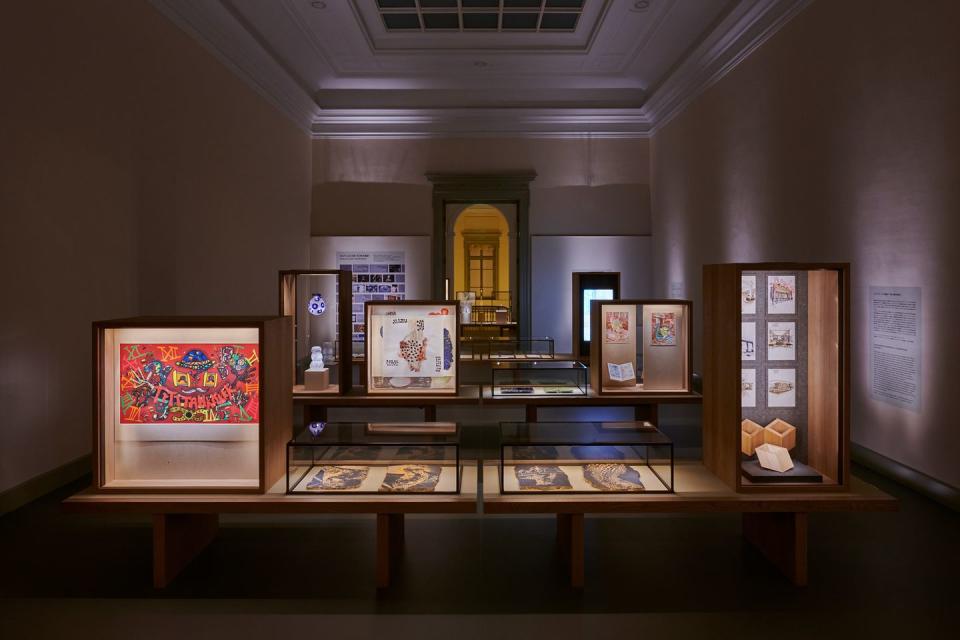
The exhibition formally marks the first time the Cartier Collection and Fondation Cartier have exhibited together, with an installation design conceived by Studio Adrien Gardère, who’s worked with the famed Japanese architecture offices SANAA and Tadao Ando Architect & Associates. The design revisits traditional materials, magnifying each exhibit in a series of niches and tables inspired by Tokonoma and Sukiya architecture as well as referencing Japanese industrial scaffolding systems to stage the Fondation Cartier artists on view. “Our work is a conversation with the artists,” says Fondation Cartier international director Hervé Chandès. “We give the floor to them to create, because art is time, it's duration, it’s content. It’s a question of trust.”
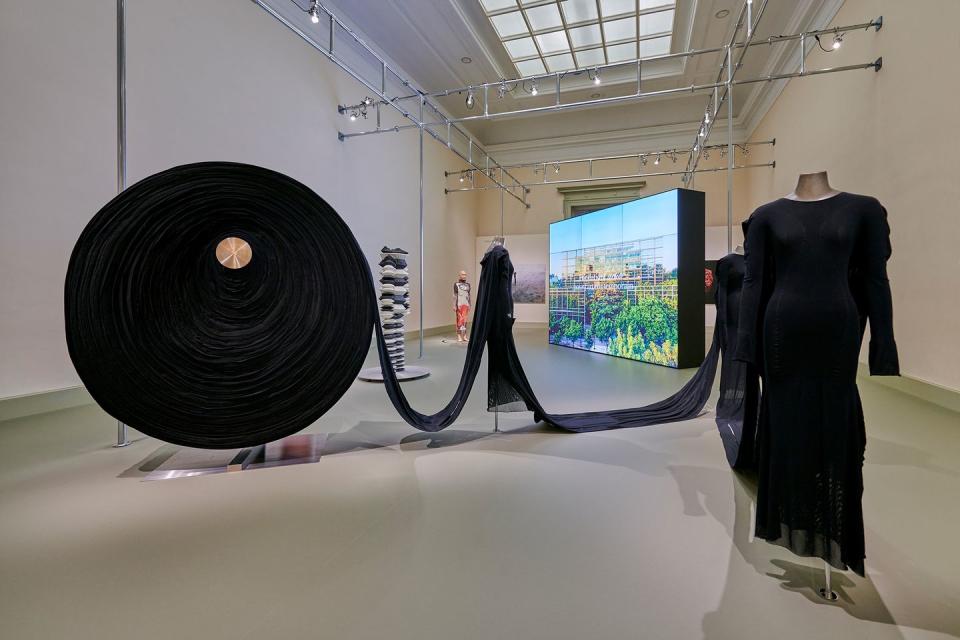
While the first Cartier exhibition was held in Japan in Tokyo in 1988 and followed by an imaginative series of installations including “Cartier Design Viewed by Ettore Sottsass,” staged at the Daigo-ji temple in Kyoto in 2004, and “Cartier, Crystallization of Time,” mounted at the National Art Center Tokyo in 2019, none have approached the scope and depth of “Half-Century.”
“[Louis] Cartier always cultivated a curiosity towards other cultures and perceived the world as an endless source of inspiration and enjoyment,” says Rainero. “[This exhibition] is really about expanding our perception of beauty thanks to an openness to other cultures and to the world in general.”
You Might Also Like


